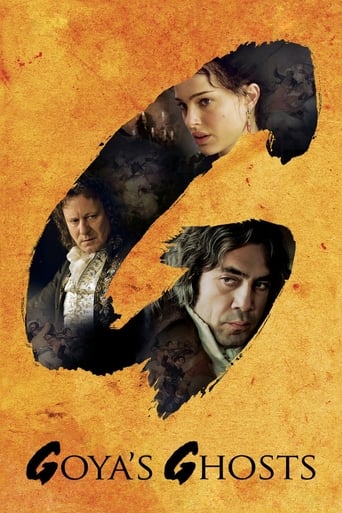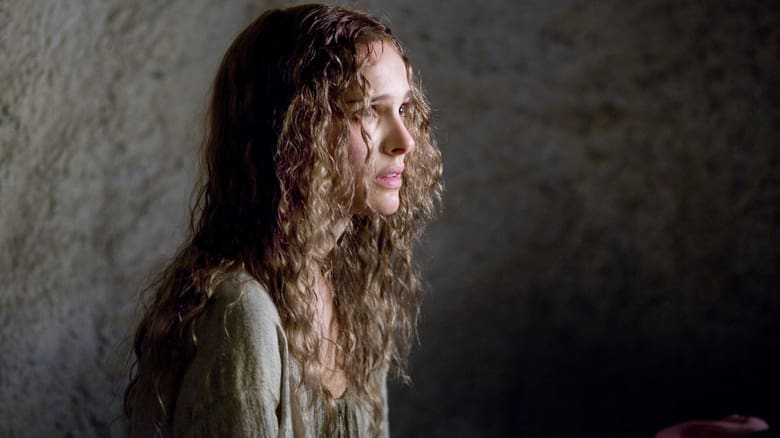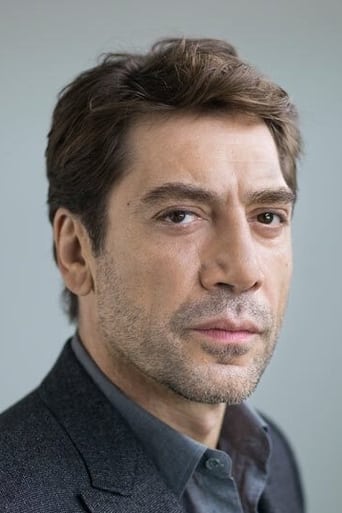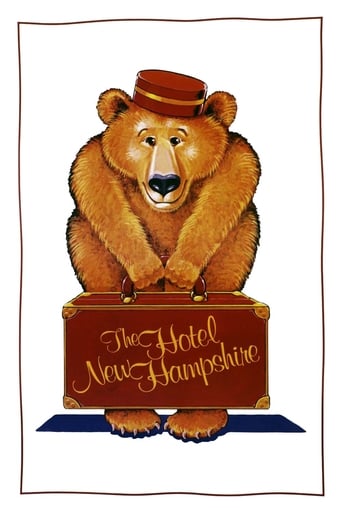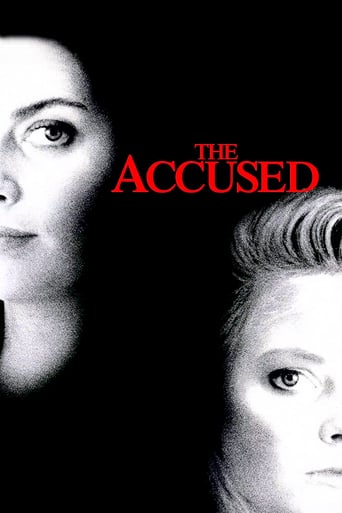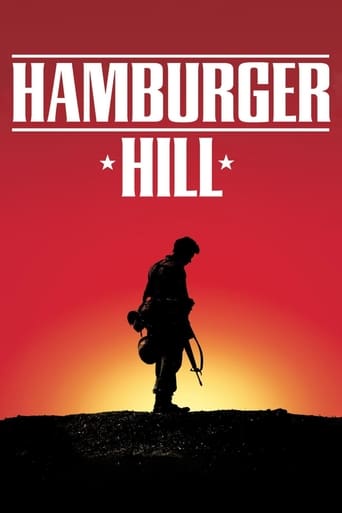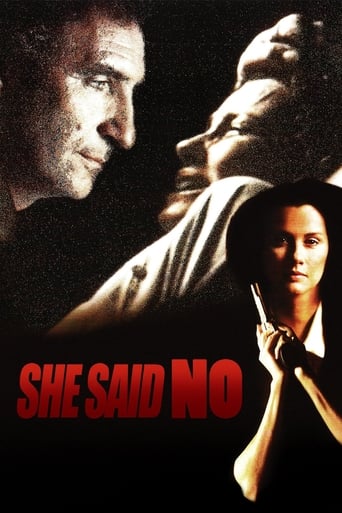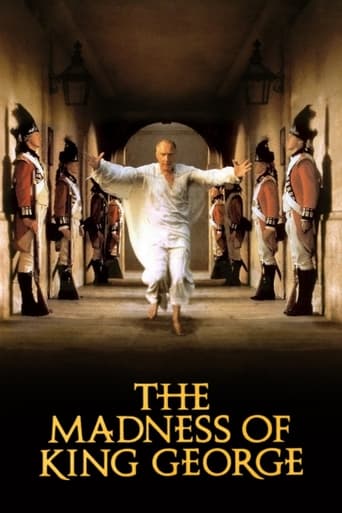Goya's Ghosts (2007)
Painter Francisco Goya becomes involved with the Spanish Inquisition after his muse, Inés, is arrested by the church for heresy. Her family turns to him, hoping that his connection with fanatical Inquisitor Lorenzo, whom he is painting, can secure her release.
Watch Trailer
Cast


Similar titles
Reviews
So much average
Excellent but underrated film
A Disappointing Continuation
I like movies that are aware of what they are selling... without [any] greater aspirations than to make people laugh and that's it.
It's 1792 Madrid. The Inquisition is interested in painter Francisco Goya (Stellan Skarsgård)'s provocative art. Luckily for him, brother Lorenzo Casamares (Javier Bardem) is his supportive patron. Inés Bilbatúa (Natalie Portman) is brought into the Inquisition for not eating pork. She is accused of being a Judaiser and put into a stress position called The Question. Her rich merchant father asks Goya to invite Lorenzo for dinner. He in turn puts Lorenzo into The Question to coerce an outlandish confession. He blackmails Lorenzo to help get Inés released.The first hour is terrific. It has dark and tense turns. The characters are great. It builds up a compelling drama. The first problem starts with the family letting Goya leave as they torture Lorenzo. He could easily have gone to the authorities. It's a small logic break but then the story expands in scope and out of shape. This could have been a great movie if it stayed small. Milos Forman goes crazy and then the French invades. The second half is more convoluted and there are too many convenient turns. By way of explaining, I almost half-believed in this as a real Goya story. Granted, I don't know anything about the artist but these characters seem real enough. By the second half, there is no chance that this is anywhere near reality. This is half of a great movie.
In their movies about Francisco Goya, Konrad Wolf and Milo Forman give the Spanish Court painter a totally different role. Also, those movies were shot in two different political regimes. But, still they have the same utmost relevant human message. As Oscar Wilde said in his 'The Critic as Artist': 'For when a work is finished, it has an independent life of its own, and may deliver a message far other than that which was put into its lips'. This is absolutely true for Konrad Wolf's movie, which attacked censorship in a totalitarian State.In the movie by Konrad Wolf 'Goya or the tortuous road to understanding', based on the novel by Lion Feuchtwanger (centered on Goya's private life), the artist is the direct target of the Holy Office's Inquisition, because of his paintings and diabolic etchings. In 'Goya's Ghosts' by Milo Forman, the painter is a kind of neutral observer or helpful middleman between the Holy Office and the family of an innocent victim of the Inquisition and its bestial 'question'. However, the message of both movies is crystal clear and highly relevant today; first of all, no inquisitional powers with armies of spies and laws propagating denouncements; and, secondly, no torture, because unbearable pain forces totally innocent people to confess anything asked for, which is then considered as the ultimate proof of their guilt by their barbaric interrogators.The play of the whole cast in Milo Forman's movie is simply fascinating, but it is not fully convincing in Konrad Wolf's film.All men and women of good will should view these remarkably courageous masterpieces.
I was so impressed by this monumental film that even now, the day after watching it, It's still in my mind. Milos Forman must be one of the great directors on record in the history of movie-making.To me, this is a masterpiece, a flawed one, if we consider the language used in it (English) spoken by the different actors with different accents and some of them too strong (Bardem's) to make the character believable, specially when one was accustomed to see that actor acting in his native tongue and his self-consciousness to dominate the accent is evident, almost painful to hear, like seeing somebody walking on exceedingly high heels when not yet fully accustomed to them.But we can consider that a minor matter and at the same time appreciate that the actor made a considerable effort to learn his dialogue in a language foreign to him.Letting aside this minor objection, this film is an incredible jewel. Everything in it has been done impeccably and the story line is so forceful that absorbs one mind from the very beginning without letting go till the very end (the very end of the credits!!!).The film opens with jaw dropping drawings by Goya and ends the same way. After seeing this gallery of incredible artwork, one thinks that Goya must be the greatest painter on Earth from the beginning of times till tomorrow. Just looking at these pictures is worth the sitting time in front of the screen.The way the Spanish Inquisition conducted its deeds makes it a wonder to see that the catholic church is still going on, since they were no different in their conduct throughout all the centuries they ruled the coop, to Hitler and his crimes during the Twentieth Century. But obviously the human brain is wired in ways still unknown to us.I truly regret that this movie wasn't done in Spanish, because that took away the full flavor that Spain, one of the most colorful countries in all the World, could have enhanced its atmosphere enormously, and the proof we have it here and there, when we hear some exclamations shout in Spanish in the background and devastatingly so at the very end, when that last scene is accompanied by street children singing off camera a popular children's song in Spanish. All of a sudden the film becomes a 3D picture, now round and complete. We would experiment the same if a Shakespearean work was done in Spanish or Polish, or in any other language but English.Language authenticity is primordial for certain works, I remember seeing "The Barefoot Contessa" in a Barcelona's movie-house and when Ava Gardner (A Spanish Gypsy Girl???!!!) said, in a very heavily accented Spanish: ¿Qué hace usted aquí, no tiene derecho a entrar..." well, it was impossible to hear the whole phrase because the collective laughter from the audience drowned the rest of it."Los fantasmas de Goya", a Masterpiece.
I think Milos Forman's quote gives a good idea to the viewers who wanted to see the biopic of the Spanish Painter, Francisco Goya, that the painter would not be a main character of the film. Memories of his own childhood and youth, reflection on the years spent under the suffocating power of the oppressive political regimes are the main subjects of his film that takes place in Spain of the late 18th -beginning of the 19th centuries and focuses realistically on the role of the Inquisition and its end under Napoleon's rule. Forman was a college student when he read and studied the book about Spanish Inquisition that affected all aspects in the lives of the ordinary people but it took him many years to envision the film that would bring his reflection to life through the paintings, drawings and prints of the great Artist who had captured the spirit of those times brilliantly. I personally love "Goya's Ghosts. Visually, it was just like Goya's painting spanned in time and space. I've always admired Goya, ever since I read the novel by Lion Feuchtwanger, and saw Goya's paintings and prints first as a teenager in reproductions and Art books. Few years ago I saw many of his originals for the first time in Prado, Madrid. They were very different - dark, twisted, macabre, sensual, serene, tender, satiric, realistic, romantic, hallucinatory, surreal, very Spanish yet universal in their understanding of human nature. "Everyone wants to seem what they are not, all deceive each other and no-one knows himself," wrote Francisco Goya on one of his prints. His works are strange mixture of horror and hope, monsters born while the mind wonders in the dream world (the series Los Capriccios), the formal portraits of the royal family with not a single flattering image. They were created during the times when Inquisition ruled the country with an iron hand, and the time is the real hero of the Milos Forman's movie. Goya has been regarded both as the last of the Old Masters and as the first of the moderns. It is not just a coincidence that Goya lived and created his paintings and prints that captured closely the time when Spain was changing slowly from old times to new modern epoch but how slow and painful the changes were. The story in the movie may seem too blizzard and implausible but if you look closer in the movie's images, you'd realize that the characters of the story, the whole surrealistic and wild content came directly from Goya's works, his paintings, drawings, and prints. He lived through surreal time, and the time got a fascinating treatment in his works and in the work of the great modern film director, Milos Forman. The final scene of the film with all Goya's ghosts presented and with him capturing the bitterly ironic in their grotesque absurdity images in his sketch book is a masterwork of cinema.

